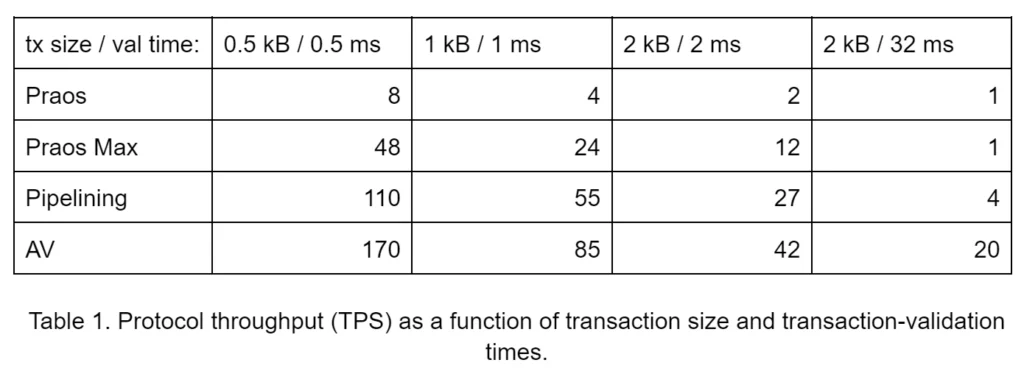We thought it was worth an update on progress improving the speed at which Cardano processes smart contracts and transactions. As Cardano adoption has accelerated this has become increasing important to enable the chain to maintain growth rates. It’s on the critical path now to support the large numbers of projects that are due to go live during 2022.
And while it’s a nice problem to have, that doesn’t reduce the need to get it solved. Fortunately there is a plan.
You may recall we are in the Basho era and the focus of the development teams has moved to tuning the Cardano blockchain protocol to increase throughput on Layer 1, and develop Layer 2 solutions like Hydra.

A recent IOG blog post by Matthias Fitzi looks at this topic in detail, and provides some likely estimates for increases in Layer 1 performance after the Vasil hard fork in June 2022.
So let’s dig into the numbers a bit. The following table shows the predicted performance moving from Praos (current protocol version), to Praos Max (maxing out transaction size, memory and compute limits for smart contracts), + pipelining, and lastly + Asynchronous verification (AV).

You’ll note that table shows variations of transactions sizes and validation times which represent likely use cases from a simple transaction (0.5kB/0.5ms) to a complex smart contract (2kB/32ms).
From the table it is clear that we can expect approximately 20x the current performance once these improvements have been implemented. At the moment overall throughput averages around 1-2tps (see Grafana dashboard), so we can expect 20-40tps for Layer 1 which would make Cardano one of the fastest blockchains.
Matthias notes that “Increasing the throughput of a permissionless blockchain is security critical, as admitting more load to the system may introduce DoS-attack opportunities. It is thus advisable to perform such changes in a sequence of small steps while carefully observing the effects on the system”. Very wise, unlike many of it’s peers Cardano has an enviable track record for security and availability which would be a shame to lose.
Overall these numbers are seriously impressive, especially given the level of decentralisation Cardano has achieved with minimal hardware and bandwidth requirements. They should provide ample headroom for growth through to 2025 and allow Cardano to move from millions of users, to perhaps 50-100 million.
Past that point Hydra, Milkomeda and other Layer 2 solutions will become key to scale for planned growth into the billions of users. We will see Layer 1 increasingly become a settlement layer for aggregated transactions that are processed at higher speed and lower cost in layer 2.

